- The stone corridors that have survived in the Summer Palace are not only well preserved, but also rare in the Qing Dynasty.
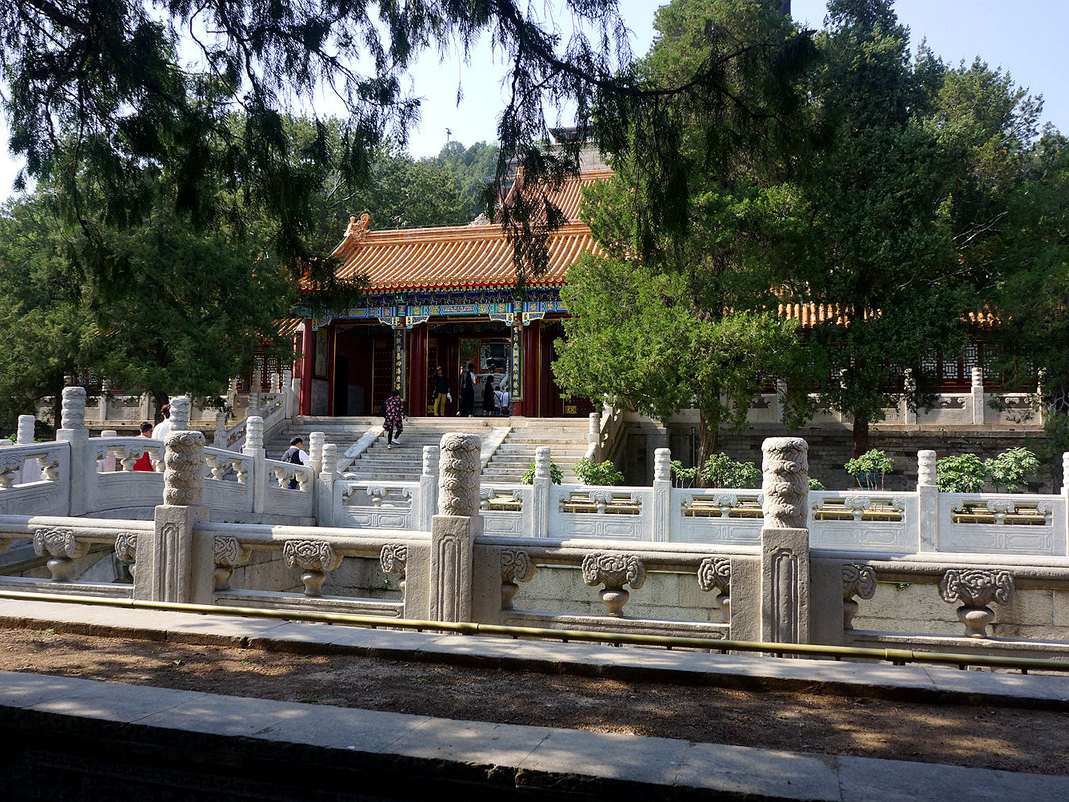
In the invasion of the British and French forces in Xianfeng for ten years, Qingyuan Park and Yuanmingyuan suffered the same fire. The buildings of Qianshan and Houshan were almost completely destroyed. Now we see the Summer Palace in the 14th year of Guangxu and the 29th year of Guangxu. Fix the results later. The Yuanmingyuan at that time was the office and leisure place of the royal family of the Qing Dynasty, and the Qingyi Garden was just a garden for the royal family members to “walk”, and the political status was quite different.
Three years ago, the Summer Palace, the royal palace of the Qing Dynasty, has always been a forbidden place. Except for a few princes and princes who can be in the area of Renshou Temple during the Shang Dynasty, the general courtiers and ordinary people have no chance to enter and see this famous garden. The true face. In the "Chinese Civilization" by the Japanese scholar Uno, there is a description of his visit to Wanshoushan in 1978, saying that he once felt "the honor of worshipping the Summer Palace."
From 1914 to 1928, the Summer Palace was placed under the management of the indoor government. As the voices of Chinese and foreign people requesting to visit the Summer Palace were growing, the government of the Republic of China had required visitors to be approved by the Ministry of Foreign Affairs and issued a photo of the door. Notify the housekeeping office. Later, it was changed to a foreigner’s visit and approved by the Ministry of Foreign Affairs. The visit of the Chinese people was handled by the Ministry of Internal Affairs or the military commander.
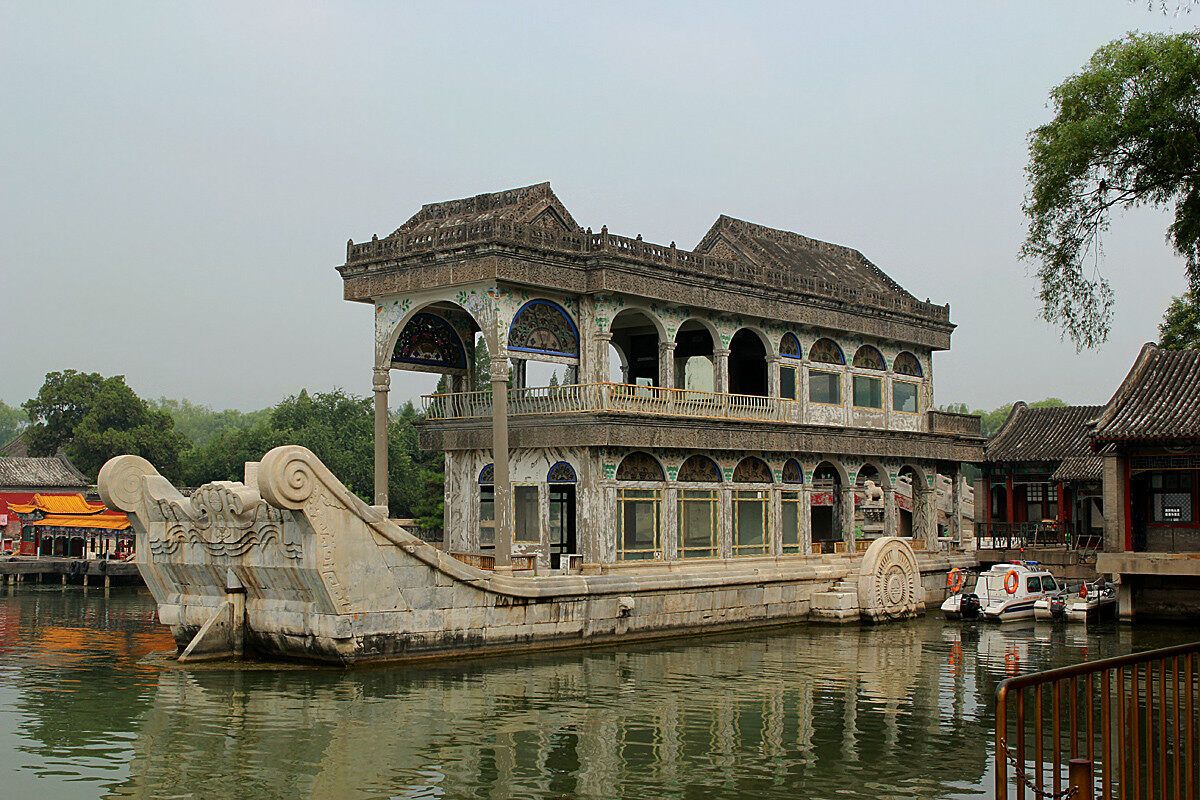
On July 1, 1928, the Ministry of Internal Affairs of the Nanjing National Government officially sent staff to receive the Summer Palace. On August 15th, it was handed over to the Beiping Municipal Government for management. Judging from the management nature of the garden, the Summer Palace was officially changed to a park after 1928. Historical materials such as photos that have survived since then have gradually increased.
In the historical study of the Summer Palace, in addition to the royal archives and some drawings that have been preserved, the royal poems written by Emperor Qianlong became an important historical material for understanding the Qing Dynasty. In addition, the photographs taken by early foreign photographers in the past 19th century in recent years have also become the credible historical materials for studying and analyzing that period of history. Due to the authenticity and documentary nature of the image data, even some of the video works of the 1960s and 1970s are precious materials for us to understand the landscape changes and important historical events in the Summer Palace. The Buddhist scriptures say: If you do not explain the source of the flow, it will become the cause of unbelief. We can try to witness history from the details and changes of several buildings.
From the North Palace Gate of the Summer Palace, enter the park, follow a small road from north to south, cross the long bridge and a archway door to a crossroad, is also a relatively flat small square; tourists generally diverted from here, east is going In the direction of the harmonious glass garden, the west is to go to the Hunchun Garden and the big shipyard, and continue to go south to start climbing, it is to go to the mountain of wisdom.
To go to the Wisdom Sea, there are many steps and several major terraces. A platform near the intersection is very empty because there is no building in between. This platform built a large-scale Buddhist temple building during the Qing Emperor Qianlong Garden. It was called the "Sui Mi Ling Jing" and was destroyed in the fire of 1860. Now there is only one wood with the name on the platform. The cards and several small stone carvings, as well as the temporary buildings built on the sides of the platform in recent years, are designed to provide drinks and snacks to visitors.
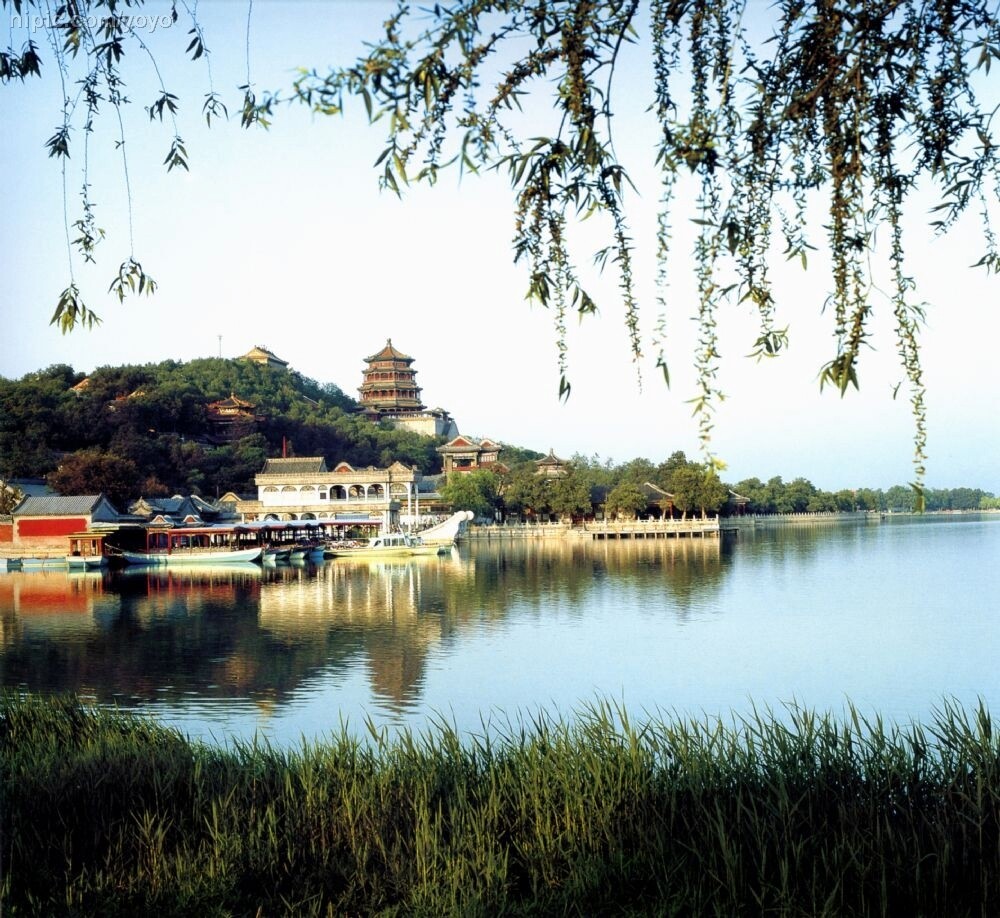
Among the stone carvings placed in pairs, there are two pieces of multi-layered pagoda-like pieces, each of which is only seven or eight meters high. The shape consists of a pedestal, a tower body and a multi-layered tower top. This type of tower building is called "four-storey three-storey five-story octagonal tower" in the ancient construction profession, and is actually a kind of octagonal warp. Look closely, you can also find the Buddhist scripture "Doroni" on the main body of the west side of the building, and the words "Da Qing Emperor Qianlong established on August 13th." Looking at the historical materials of the Summer Palace, we can see that this pair of stone corridors was not originally located here, but in the south of Wanshou Mountain, which was originally in the courtyard of the "Great Yan Enshou Temple"; when the Empress Dowager Cixi was rebuilt in the Summer Palace in the 12th year of Guangxu, Instead of restoring the big newspaper Enyanshou Temple, a new group of buildings such as the Paiyun Temple, which was given to her for the birthday of the court, was rebuilt on the original site. That is, the group of the Qing dynasty was moved to the site. In the middle, come to accompany the "Sui Ling Ling" architectural complex that has disappeared.
A black and white old photograph taken by Scotsman John Thomson between 1868 and 1872, which truly records the Wanshou mountain view after the Qingyuan Garden was burned: from the north to the direction of Kunming Lake Looking south, the close-up is a stone lion in front of the original temple. In the middle view, you can see a tower-style sect and a short wall. The location of the big newspapers, Enyanshou Temple and Foxiangge, was blank. On the main axis of Wanshou Mountain, only the roof outline of the smart sea and two sections of the “Chaotianyu” and the runner building on the right side of the main axis can be distinguished. This image clearly shows the location of the stone building.
According to the historian's research, the Shijingjing Building was mainly popular in the Tang and Song Dynasties. After the Ming and Qing Dynasties, it gradually became weaker. It is rare to see such well-preserved and clear-style royal work. But tourists are not very interested in this relatively lonely small-scale building, they do not belong to the "attractions" that are surrounded by people. Carefully look at the shape of the pair of buildings, and even compare them with the styles of the buildings preserved in the Tang and Song Dynasties, and find the "variation" between them.
Similar to the "shifted" attractions, there is a "cloud sinus" in the fun garden and a platform in front of Hanxutang.
On the north side of Zhichuntang, there is a rockery near the round pavilion, which together with the large rockery behind forms a quiet place in the northeast corner. In the middle of the relatively isolated rockery, there is a stone cave. The hole is closed by a wooden door. Above the door is the word "yundou" inscribed by the Empress Dowager Cixi. The seal between the two characters is "the treasure of Empress Dowager Empress Dowager".
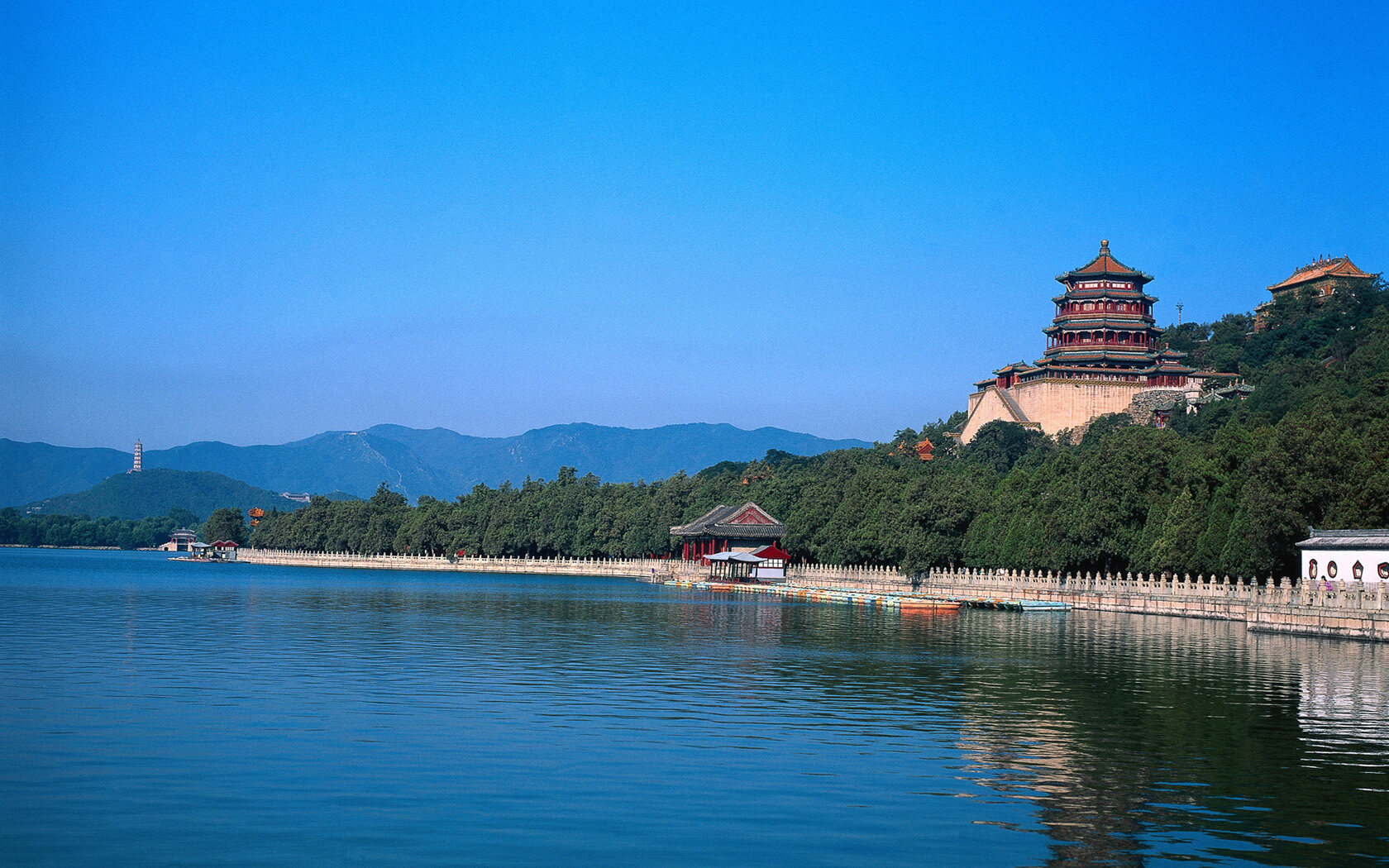
Looking at the poems written by Qianlong in Huishan Garden, there was the place of "Cloud Dou" at that time, but it was located near the current Miaoxuan. At that time, there was a mountain spring well. Natural gas could rise from the well. It was like "cloud smoke" coming out from here, so it has this name. "The Qing Dynasty Royal Court Yingying" mentioned in the book: "In the corner of the small pool in front of Xuan, there was a mountain spring named Yun Dou. The spring is no longer water, and the empty Yunluo word. In the same year, Qianlong had a poem: " The place is open to Xuan Mingming, and the guide spring is inspected by Shanan. ''There is still a picture of the leaking foot, please see the standing stone and the flowing spring.' is the description of the real scene at that time."
Later, this natural well was not there. "Yun Dou" also moved from west to east when the Empress Dowager Cixi rebuilt the fun garden, and simplified the two words with a fake rock cave. However, this is already After the twelve years of Guangxu.
Now on the south side of Hanxuantang, there is a stone platform that extends to the lake. The area of the platform is about ten square meters. In the 1970s, the government often held large-scale political events and mass gatherings. At that time, large indoor venues were very limited, and these activities could only be held in some parks in the capital, such as Beihai Park and Zhongshan in the city. The park, the Temple of Heaven Park, and the Summer Palace on the outskirts of the country are also one of the key areas for such events. From the old photos that can be seen now, you can find some temporary stage built in the Summer Palace. There is a temporary wooden stage in front of the confession garden, which is far beyond the platform that can be seen now. From the close-up photos published in the 12th issue of China Illustrated in 1972, this temporary stage can accommodate more than a dozen actors to perform dances. Based on this, the stage area of the year was speculated. It should not be too small, it should be built to match small performances.
Later, in order to verify the authenticity of this photo, the ulterior motives went to the site of the fun garden to inspect it in detail, and found that it was definitely based on this stone platform that it was rebuilt and built into a temporary “big stage”. Look at the water level and geology of the south side of Hanxutang. The water here is not deep. It is not difficult to build a wooden foundation and stage.
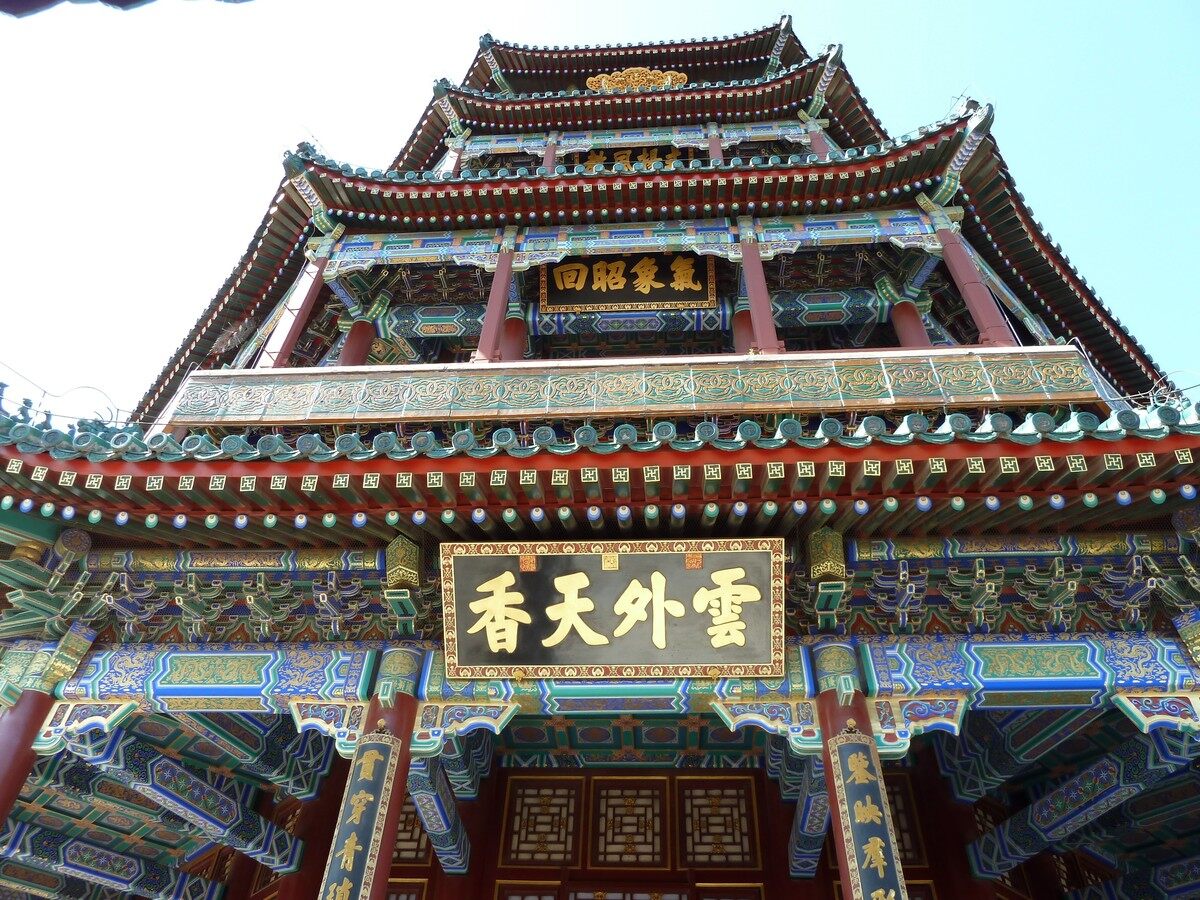
A similar temporary construction stage is also in front of Paiyunmen and on the south side of Yunhui Yuyu Archway, and the scope is also larger. As it is necessary to extend the stage into the Kunming Lake, it is estimated that the construction is even more difficult.
The Hunchun Garden on the west side of Shanxi Province was a garden in the Qing Dynasty. It was not restored after it was burned down in 1860. Now only some of the sites are preserved. Located at the southern end of the mountain road, the Sankaijian Gate is now a canteen that displays various pieces of construction unearthed from the site and fragments of the official kiln at the time, as well as a wooden restoration model with the theme of the Hunchun Garden complex.
During the Qing Emperor Garden period, the Hunchun Garden and the Qingke Xuan on the hillside were the places that the Emperor Qianlong liked very much. Almost every time the park was here, there were more than 30 poems. In addition to the large characters such as "Liu Yun" in the high cliffs, "Qing Ke Xuan" has many poems and stone carvings on the stone walls. The weathering is very serious, much like reclining in a rock. A stone verse "The cliff is half-into the cloud."
Historically, words written on bamboo slips, silk cotton and paper are easily damaged. Unexpectedly, the words carved on the stone will weather and wear out with the passage of time, and finally become a confusing stone wall.Editor / Zhao Jing
Comment
 Praise
Praise
 Collect
Collect
 Comment
Comment
 Search
Search



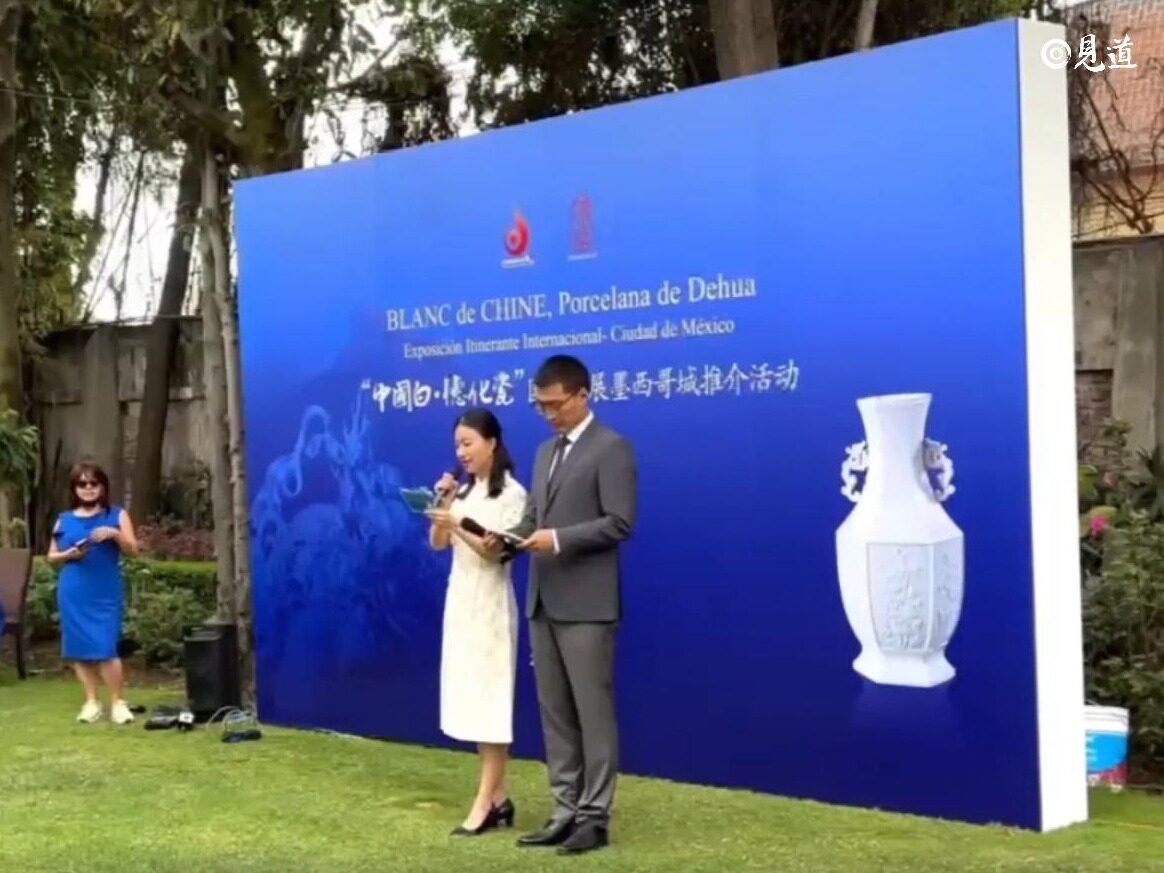

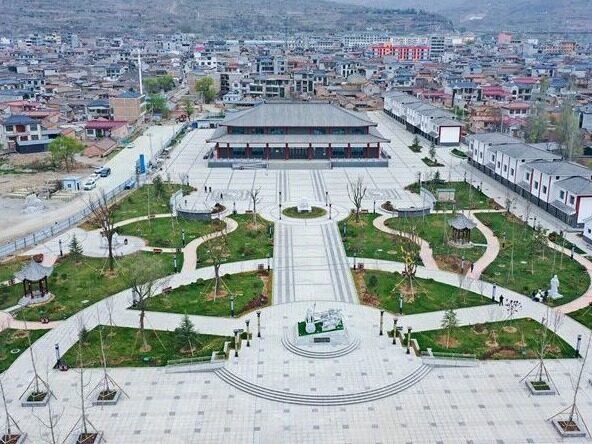

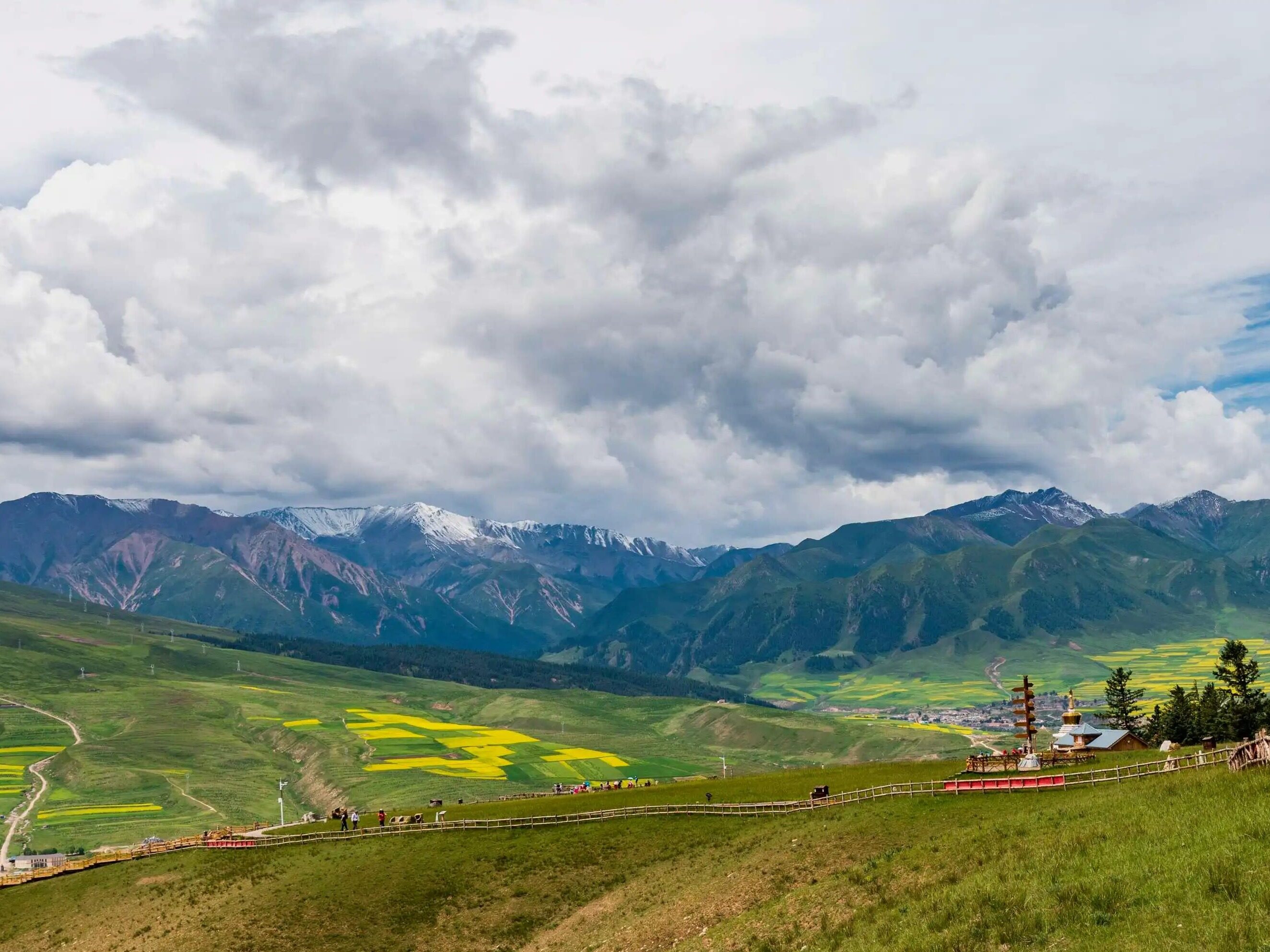






Write something~